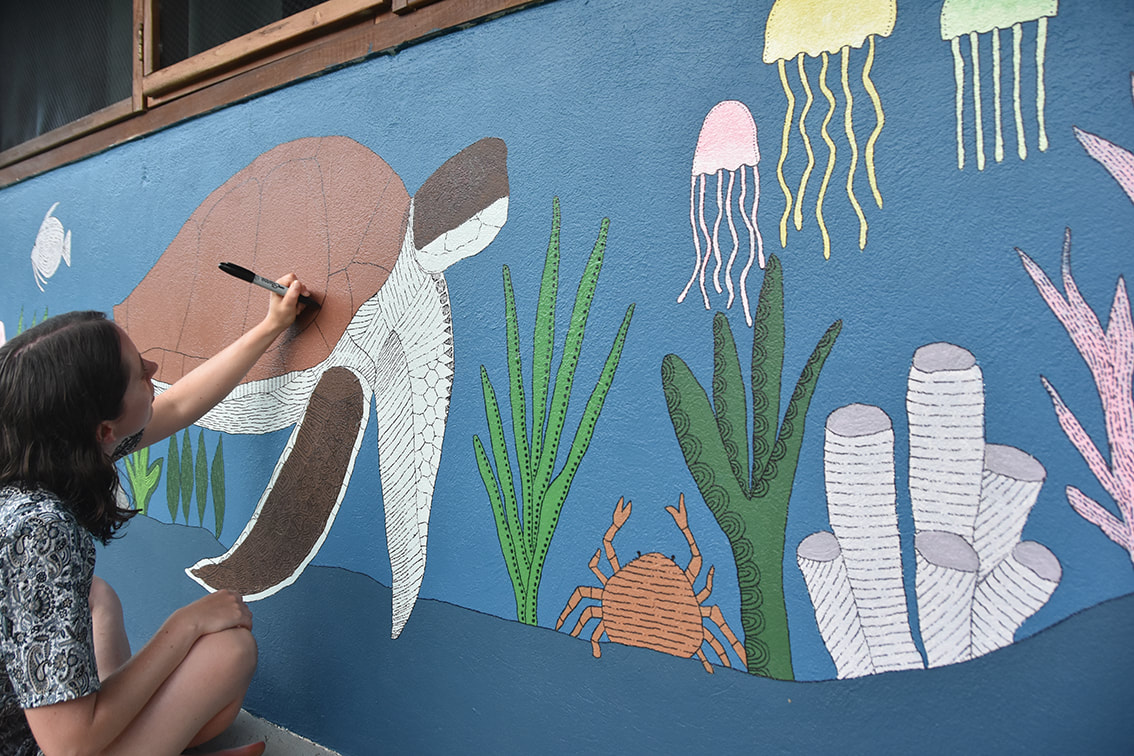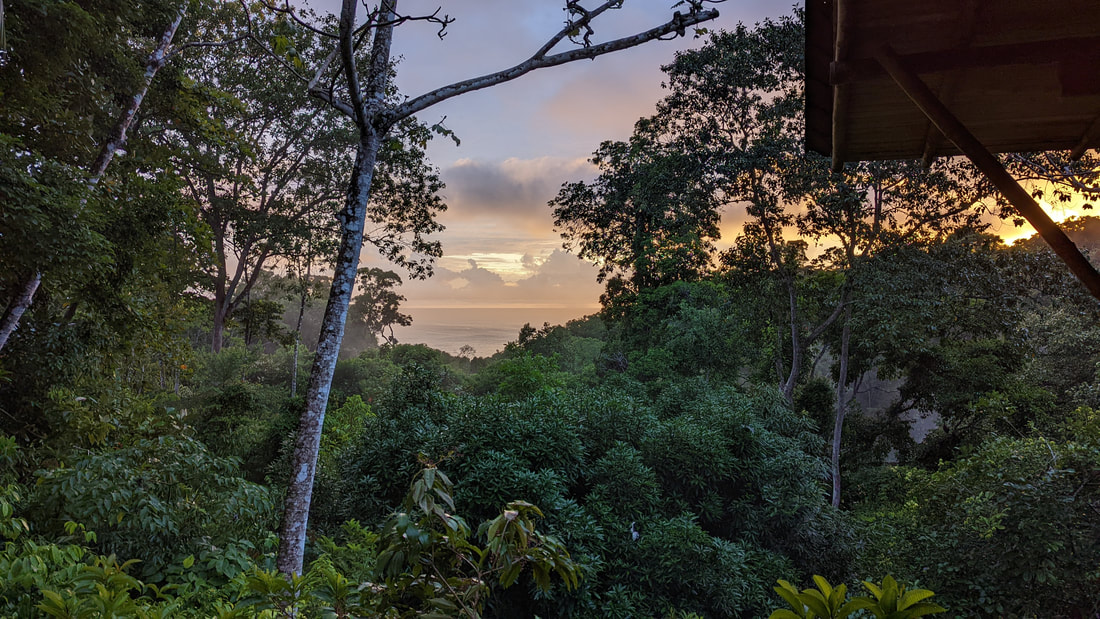|
“Our experience of a place, knowledge of it, the emotional attachments we form to the people who live there, all affect how we think and feel about a particular place” – Carol-Anne Davies, Chief Executive, Design Commission for Wales Lovely to see my drawing of Cilely Colliery featured alongside the wonderful article written by presenter Will Millard describing his emotional response to the abandoned space.
Will’s words: We, as humans in this post-modern world, rarely consider what lies beneath our feet. We see, and celebrate, our world on a horizontal axis only. One that is mostly surrounded by open air, and, for at least half a day, sunlight. When we do venture underground, it is hard to engage with the actual physical and emotional feeling of what it really means to be under the earth. The London ‘underground’ for example, is a well-lit, efficient and sterile tube sealed from the actual element that makes up its name. Being underground, and being able to touch and tunnel through earth, is a different experience altogether. It is claustrophobic and hot; dark, and often quite primal. Your senses are warped, you lose your sense of time and your spatial awareness; you adjust to hear better than you could ever see, your sense of direction is more instinctual, your movements are restricted, yet efficient and effective. Then the release back into the air and sun feels like a rebirth – you can actually smell fresh air when you come back up; you are suddenly so much more aware of how the air moves. Freely breathing and openly seeing somehow feels like an all-new privilege, and not a right to be taken for granted. What we see here though, and when we consider the legacy of south Wales coal especially, is a world in a cross section and scale that heads directly down in its importance. It is that cross section that still continues ‘hidden’ beneath our feet – and yet, holds so much of the historic value. We have largely removed the pit wheels that would have hung in the air in every direction across the south Wales coalfield, alongside many of the old buildings and pit chimneys. Much of the folklore and culture of mining exists today only in stories, old films, images, and the scars of the last living generation of underground workers. Yet the real area and arena of work, lives on, for now, in a darkness locked deep below our feet. When many of the mines closed after the strikes, the coal board removed the buildings and repurposed their materials and machines, but they simply capped- off the shafts themselves. Leaving the actual workings intact, and the tools and chambers behind in the dark, ossified for only the length of time it would take for a timber prop or roof support to rot through and collapse. Surprisingly, the process of collapse has taken far longer than the miners back then might have expected. A metaphor in itself, for the enduring resilience and spirit of the Welsh miners. Thank you for your evocative words Will.
0 Comments
“It seems to me that the natural world is the greatest source of excitement; the greatest source of visual beauty; the greatest source of intellectual interest. It is the greatest source of so much in life that makes life worth living” – Sir David Attenborough I couldn’t let August go by without writing about our amazing trip to Costa Rica! I still can’t quite believe we finally made it after the last few years – we were supposed to go in 2020! The rainforest is the most magical place – Costa Rica holds 5% of the world’s biodiversity and the Osa Peninsula where we stayed for the whole trip, has over 2.5%. There was wildlife everywhere you looked, and I was definitely in my happy place! For the last three weeks of my trip, I volunteered with the amazing Osa Conservation – a non-profit dedicated to protecting the biodiversity of the Osa Peninsula. I mainly worked with sea turtle conservation, which involved collecting eggs from new turtle nests to protect against poachers and predators and then releasing the babies when they hatched. Every morning I woke up at 4.30am and spent the morning on the beach looking for turtle tracks. We’d find the new nests and excavate the eggs. Once we had all of the eggs, sometimes over one hundred of them, we would relocate them to the hatchery, where 50-70 days later they start to hatch. One morning I was lucky enough to see a big mother finishing laying her nest, which was really special as they usually do it overnight. They are absolutely incredible animals and I have so much respect for them – they have to make it against the odds in order to survive. It’s estimated that for every 1000 babies, only 1 will make it to adulthood. In the afternoons I spent my time climbing up and crawling inside trees. At one point I was surrounded by hundreds of vampire bats – it was terrifying and amazing at the same time! Other activities included hiking the rainforest, working on the organic farm, helping with reforestation projects and painting and drawing murals too! At all times I was surrounded by crazy amounts of wildlife. One morning I was collecting turtle eggs and nine scarlet macaws flew overhead. I turned to look at the ocean and saw a whale from the beach! Costa Rica is such a special place and gives me a lot of hope and inspiration for a country that really values their wildlife and landscape.
There are some wonderful people doing wonderful things there, and if you are interested in conservation, I urge you to check them out at www.osaconservation.org. You can see more of my adventures on my instagram page. Thrilled that my Welsh Industrial Revolution boxes formed part of the “Objects” exhibition at Blackwater Gallery, Cardiff Bay – a dynamic display showcasing 40 individual artists in a broad spectrum of mediums.
The exhibition explored the question of how we view and consider objects in the context of “Art”, by examining the notion of objects as seen in everyday life and through the lens of the mundane, extraordinary and emotive. My Industrial Revolution boxes include curated objects and images that tell the colourful story of this aspect of Wales’ past. Browse and buy more of my “Storytelling” boxes here. |
Katherine JonesI’m an artist who creates beautiful memory boxes and intricate ink drawings to help you connect with the people and places you love. Archives
May 2024
Categories |


















 RSS Feed
RSS Feed